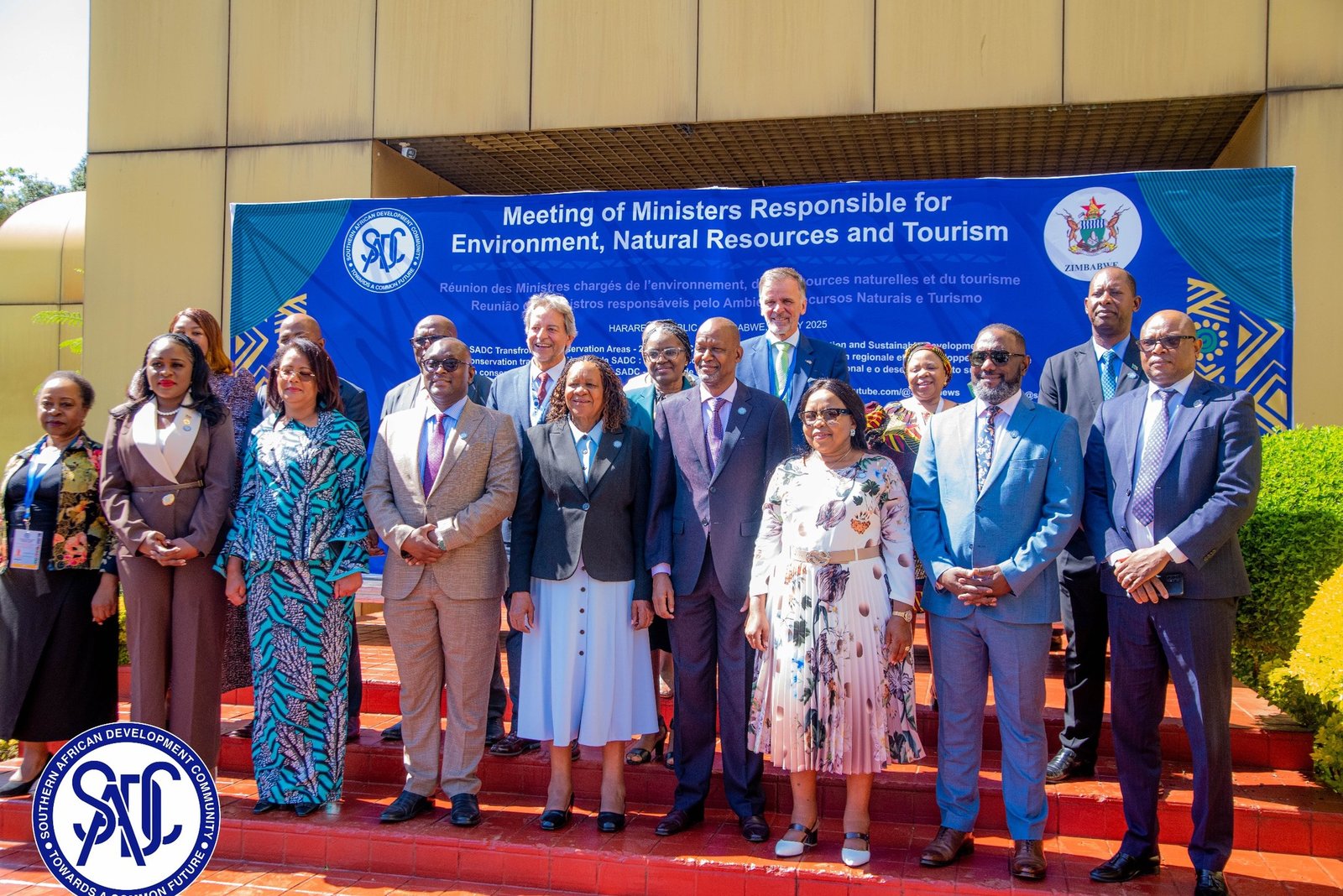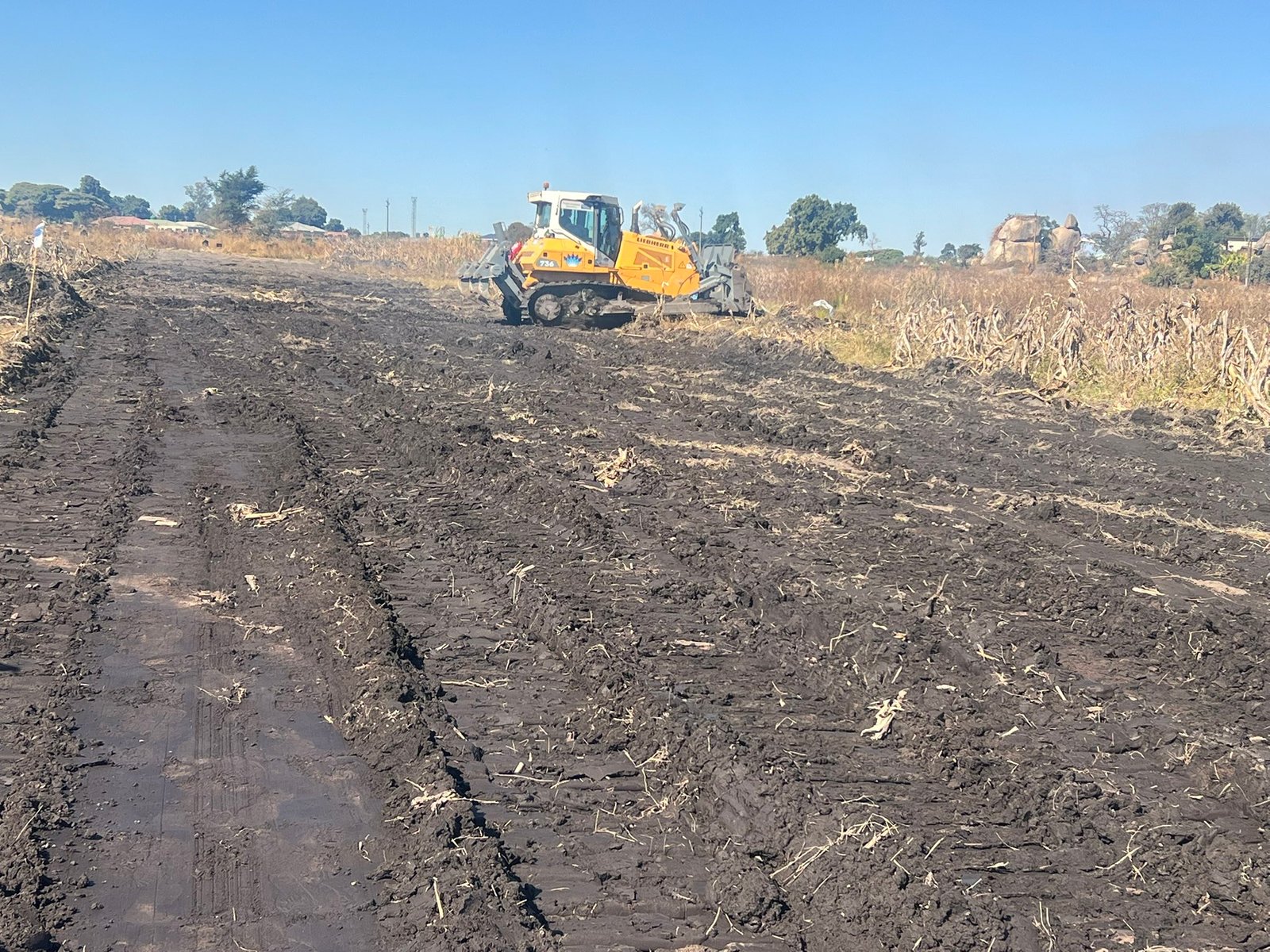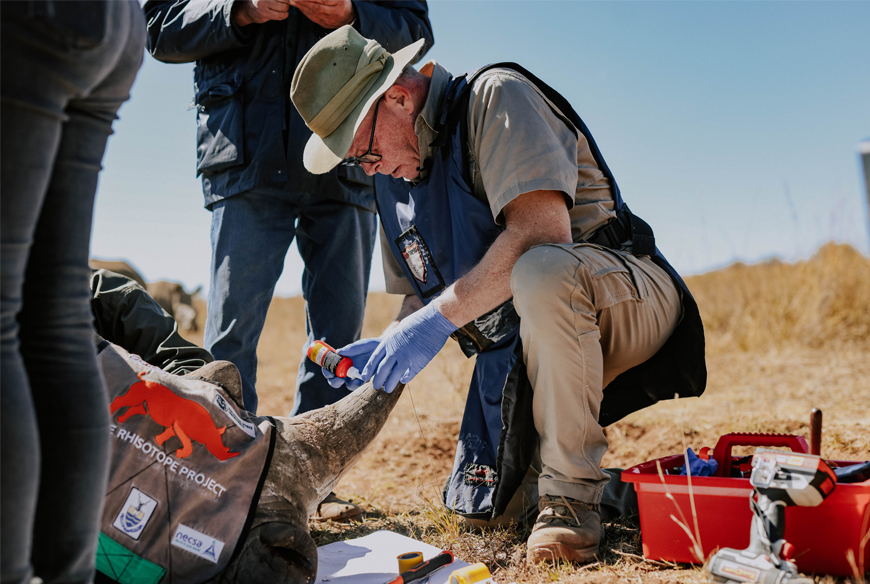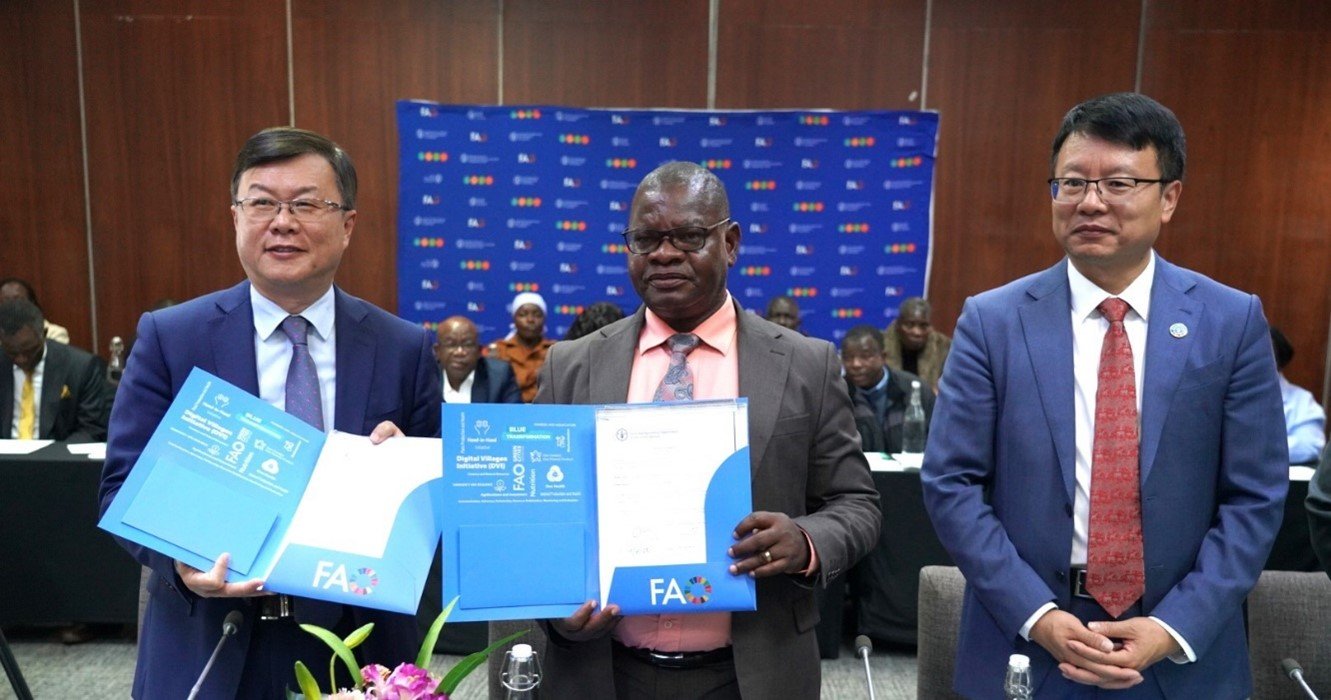The Southern African Development Community (SADC) has reaffirmed its commitment to wildlife conservation as a critical pillar of both environmental sustainability and economic development.
This came at the biennial meeting of SADC ministers responsible for Environment, Natural Resources, and Tourism, held to assess progress on implementing key regional initiatives. This year’s session coincided with the celebration of 25 years of transfrontier conservation cooperation in southern Africa.
SADC Executive Secretary Elias Magosi underscored the dual importance of conservation. He said Wildlife conservation is essential not only for maintaining healthy ecosystems but also for supporting local communities economically through tourism and related industries.
“Wildlife conservation is critical, not only for ecosystems but also for livelihoods of communities through tourism and conservation-driven industries,” Magosi said.
The Southern African region has expanded its conservation footprint over the past years, from a single transfrontier park to a network of 13 Transfrontier Conservation Areas (TFCAs), covering nearly one million square kilometres and encompassing more than half of all protected areas within SADC.
The Kavango-Zambezi (KAZA) TFCA alone spans roughly 520,000 square kilometres across Angola, Botswana, Namibia, Zambia and Zimbabwe, and is home to more than 220,000 elephants, over half of Africa’s remaining savannah elephant population.
Tourism and wildlife economies are pivotal to SADC’s economic framework. In 2019, the wildlife economy was valued at approximately US$31.5 billion, contributing around 4.6% to the region’s GDP. Tourism, meanwhile, contributed about 2.8% of GDP in 2017, translating to US$19.4 billion, with its total economic impact reaching up to 8% when indirect and induced effects were included.
Magosi said wildlife and tourism are significant contributors to the economy of the Southern African Development Community (SADC), with the wildlife economy alone contributing substantially to GDP and tourism serving as a key driver of inclusive economic growth prior to the COVID-19 pandemic.
“In 2019, the wildlife economy was estimated to be around US$31.5, contributing about 4.6% of SADC’s GDP.”
EU Ambassador to Zimbabwe Jobst von Kirchmann emphasized that TFCAs are central to recovery and long-term sustainability.
“TFCAs can provide jobs, they can boost local economies and they can reduce poverty. Only when communities see the tangible benefits of conservation are they also likely to support conservation efforts.”
He added that eco-tourism, sustainable agriculture, and locally-driven conservation initiatives are key to ensuring that conservation serves people as well as nature.
To support this vision, the European Union and Germany have committed €33 million since 2023 to strengthen six transfrontier conservation areas across the SADC region.





